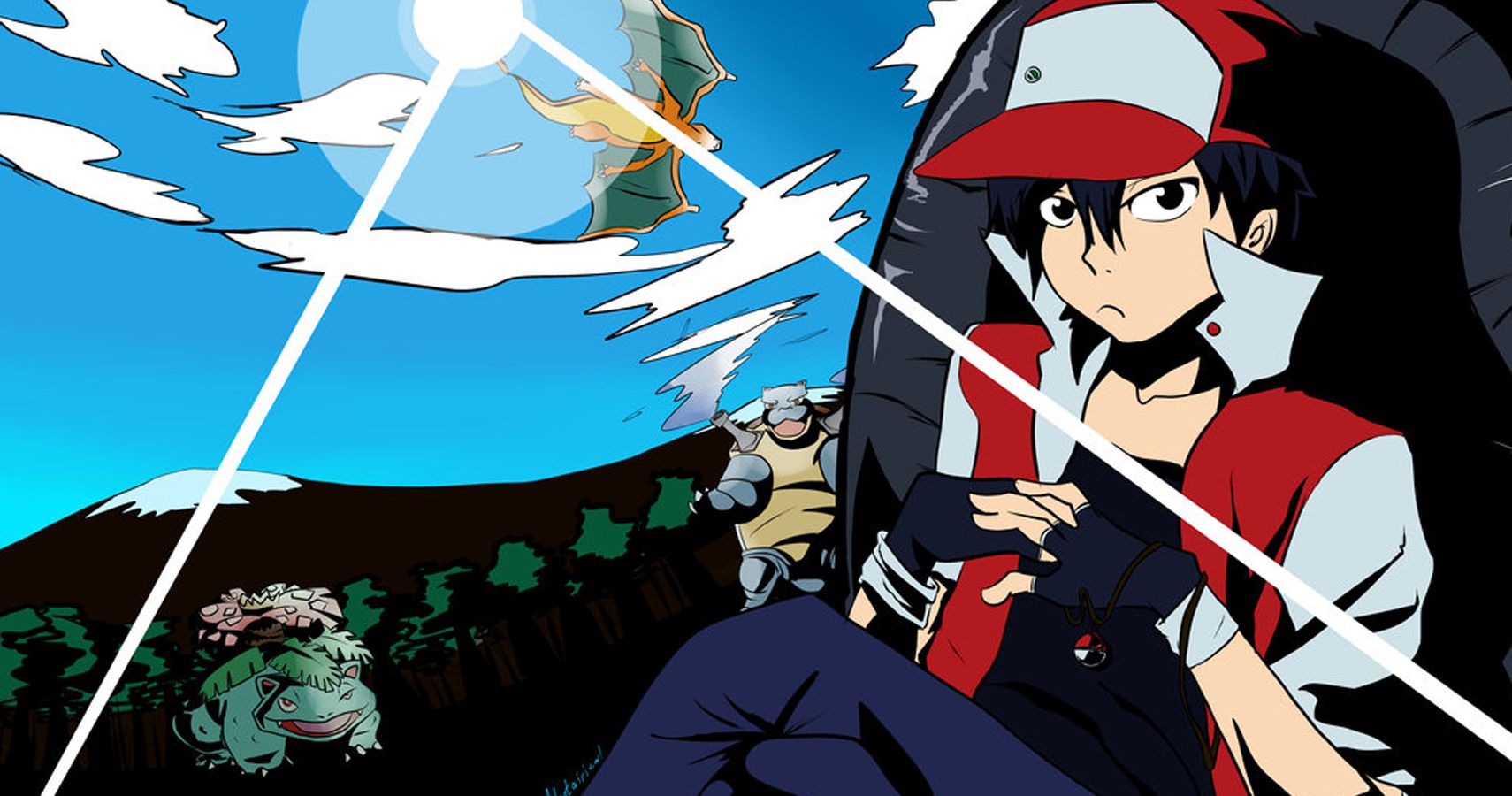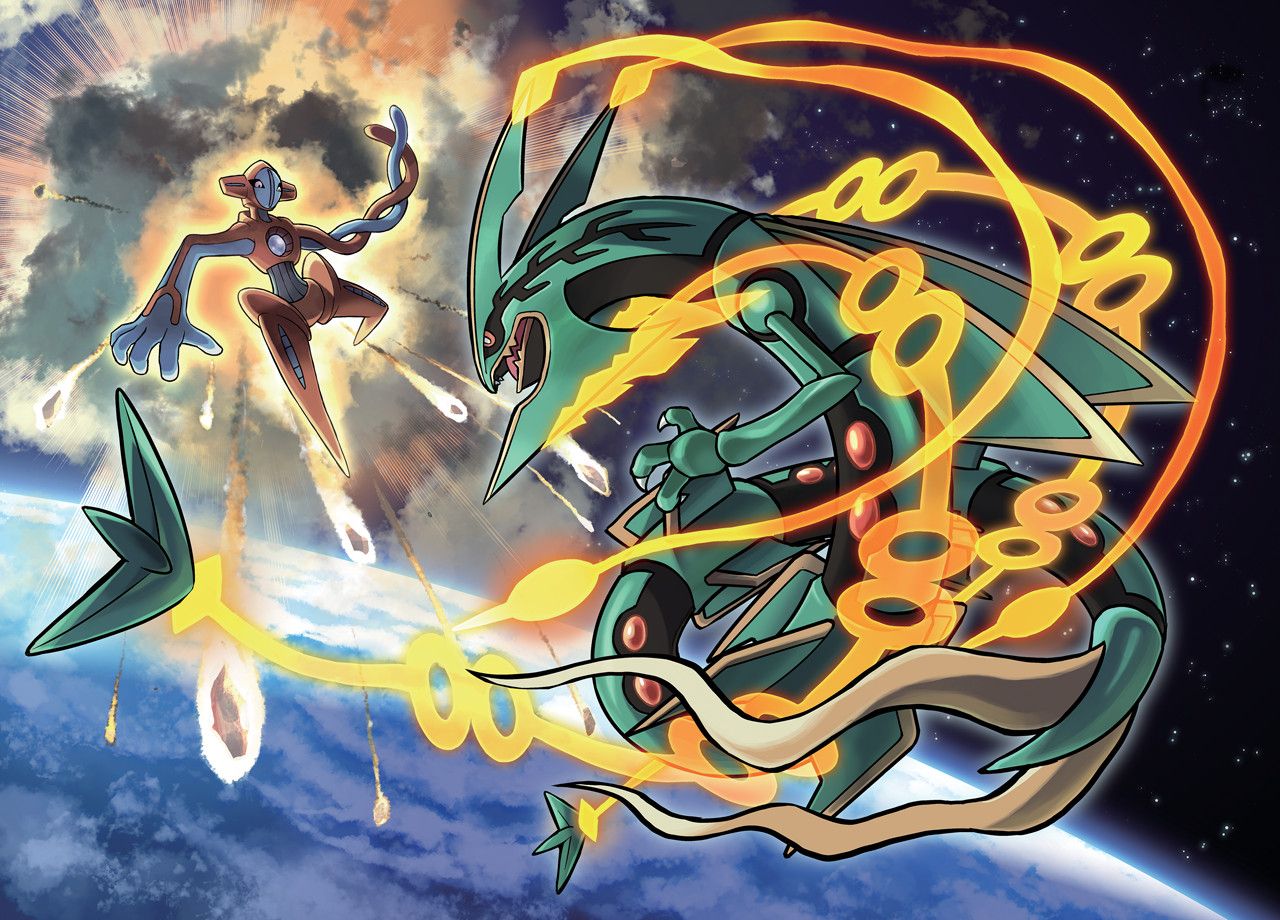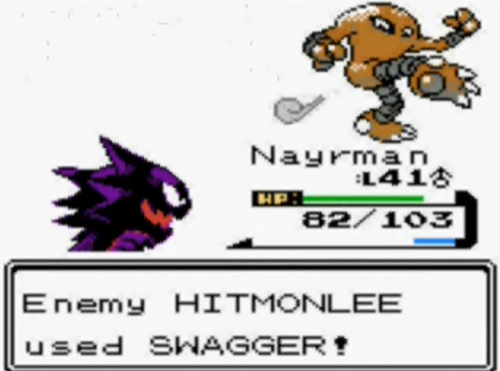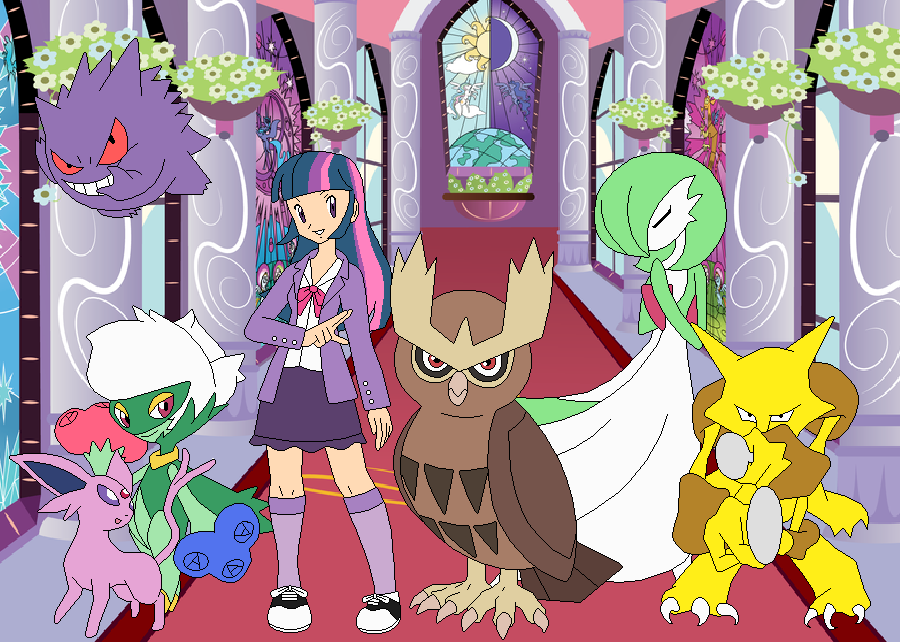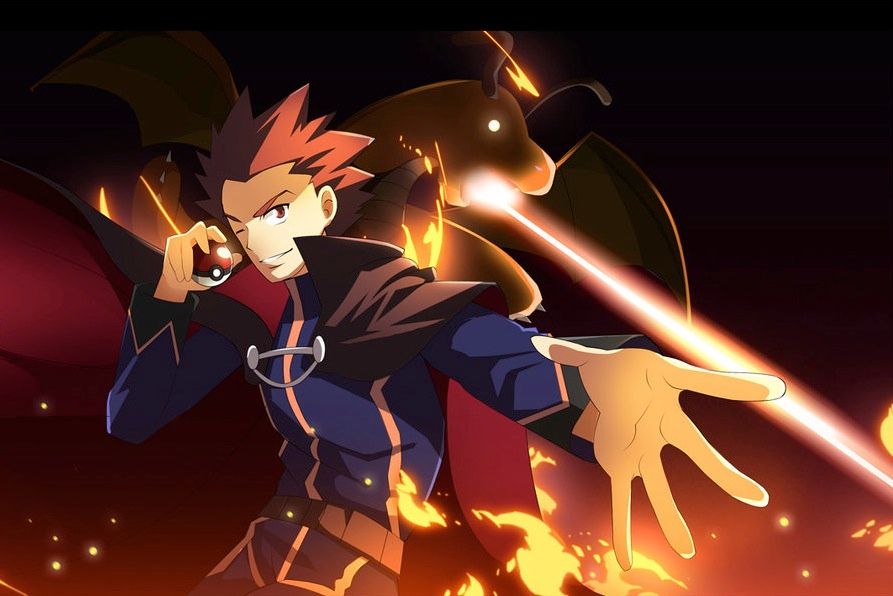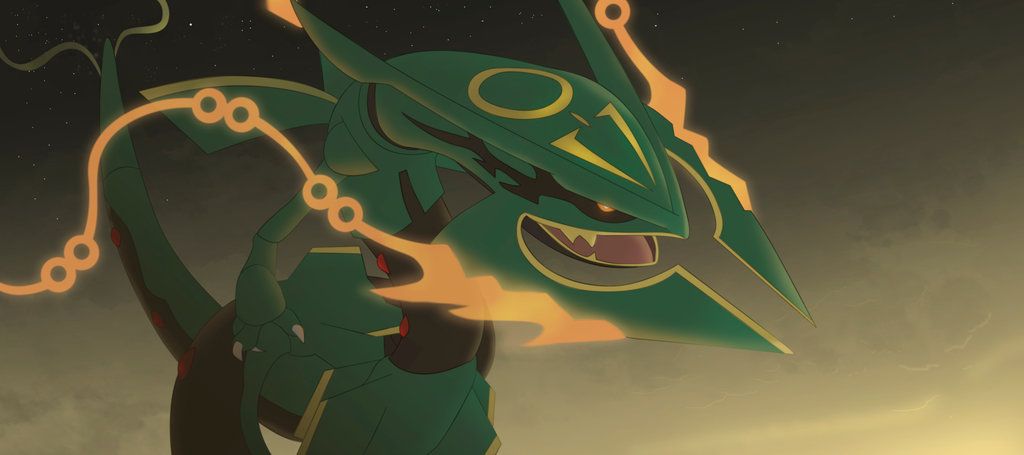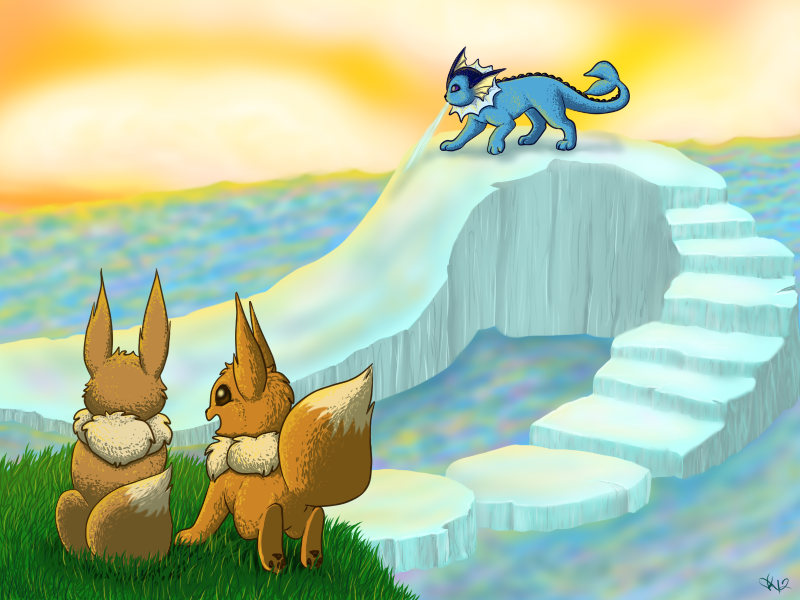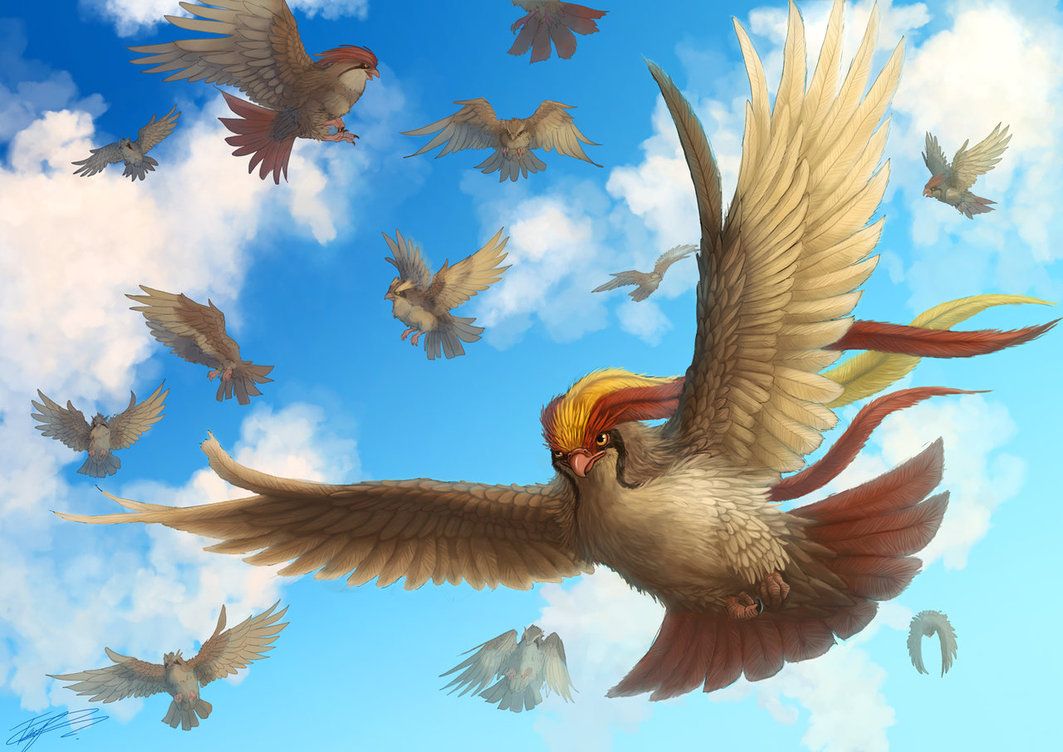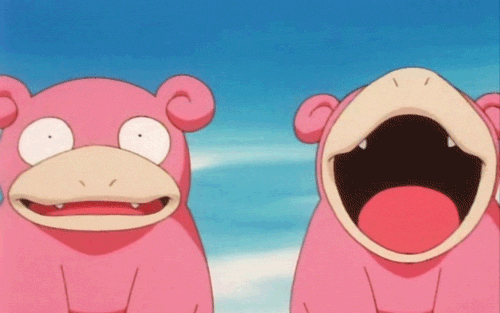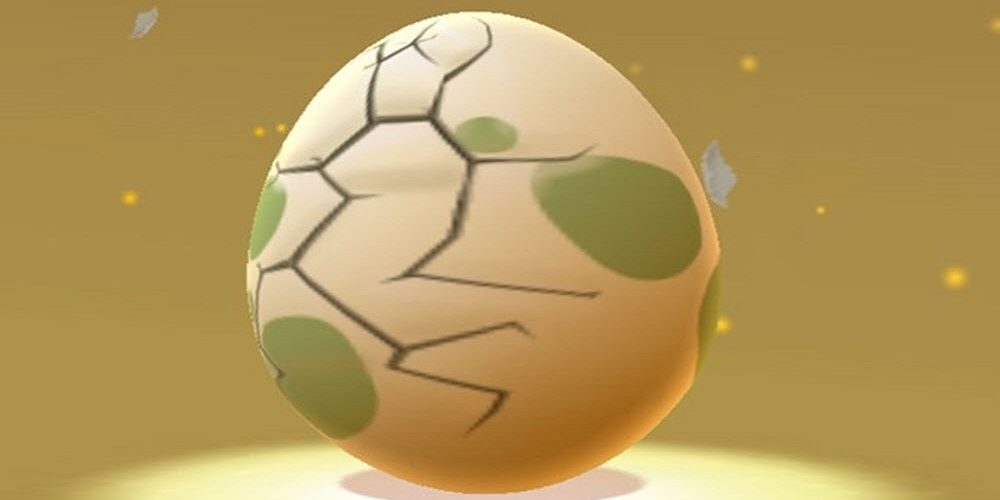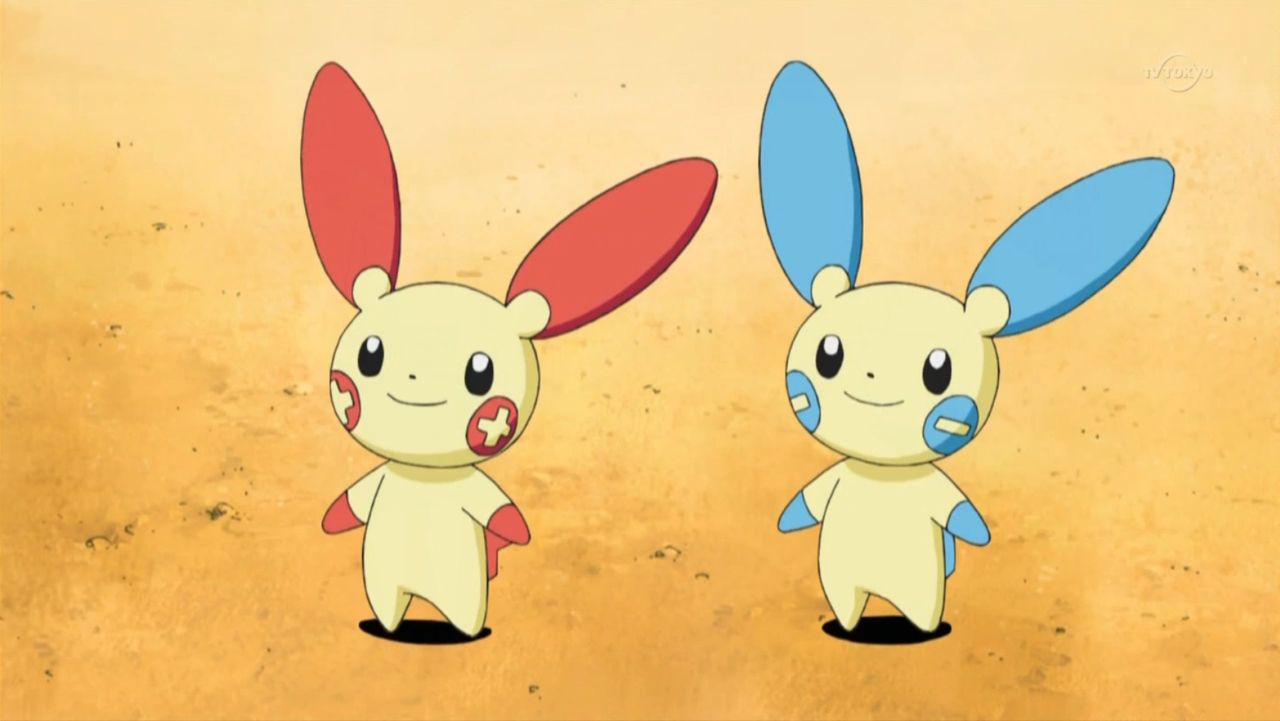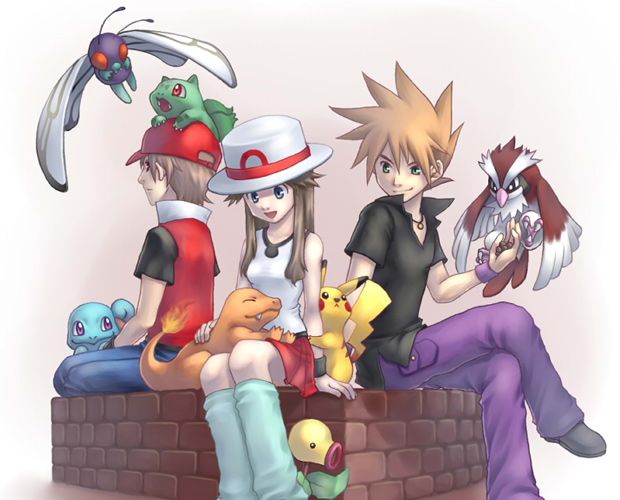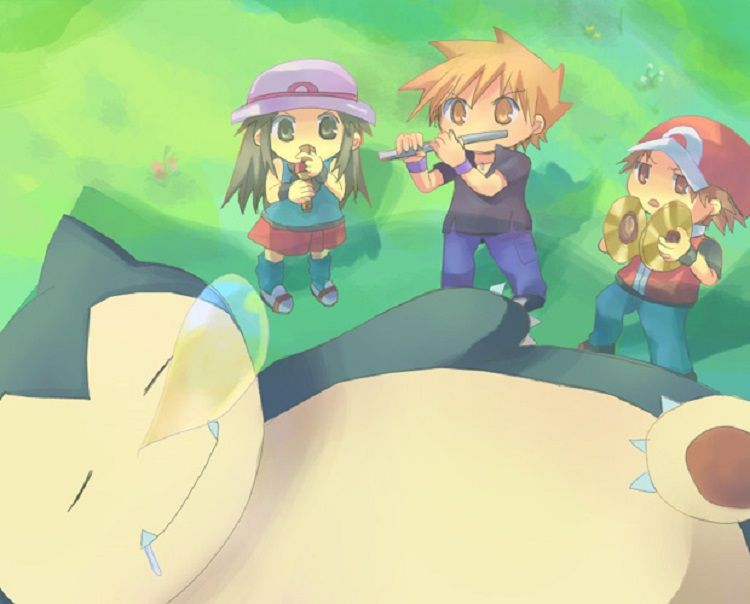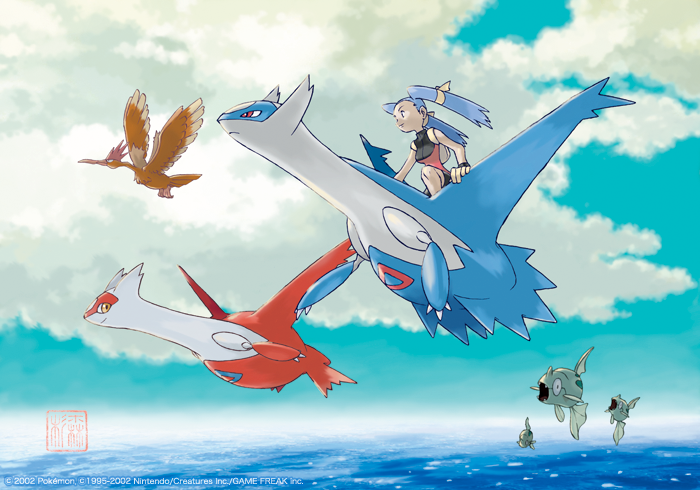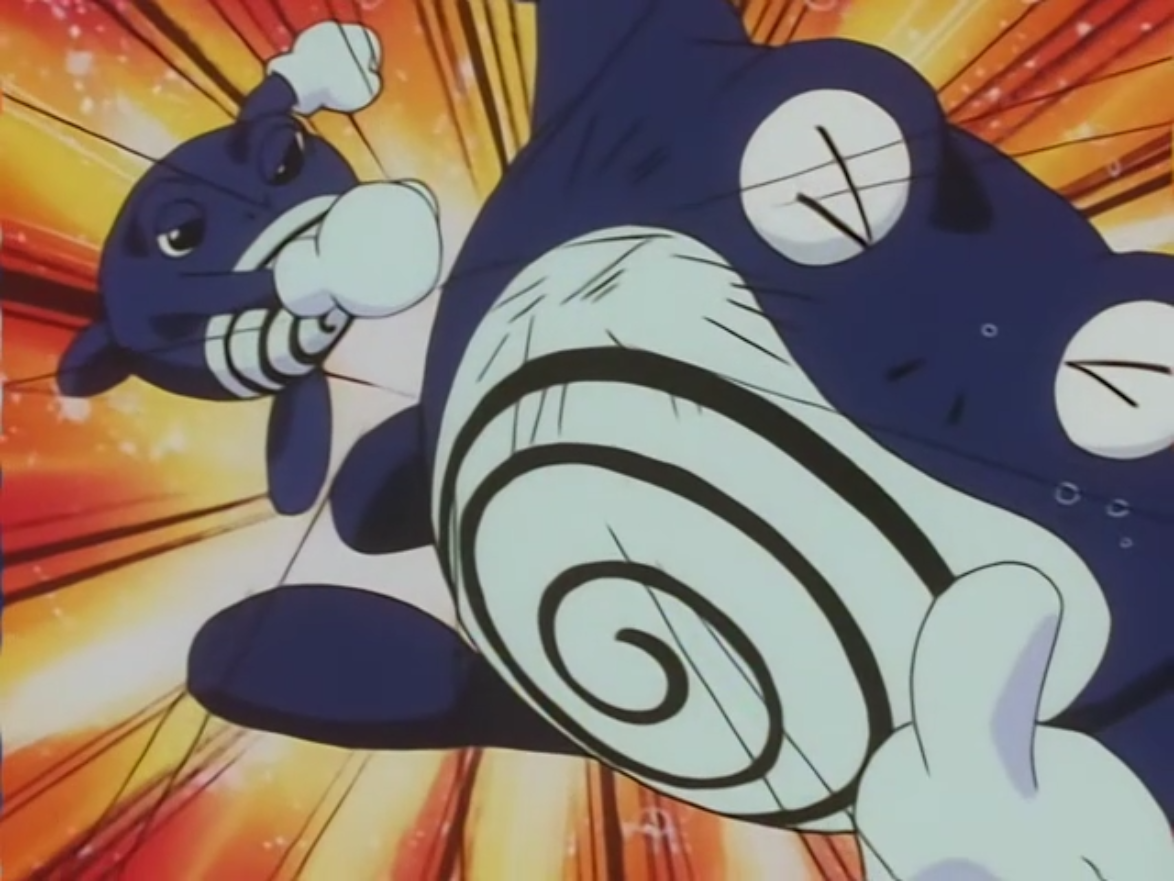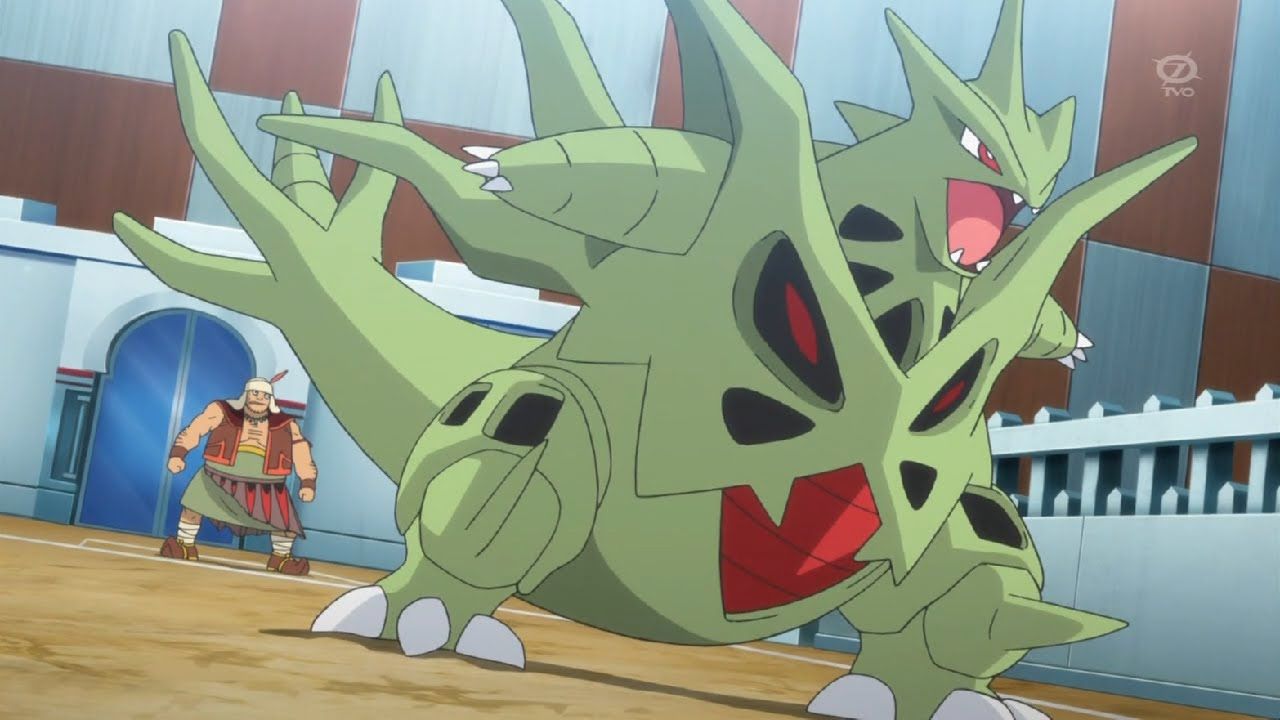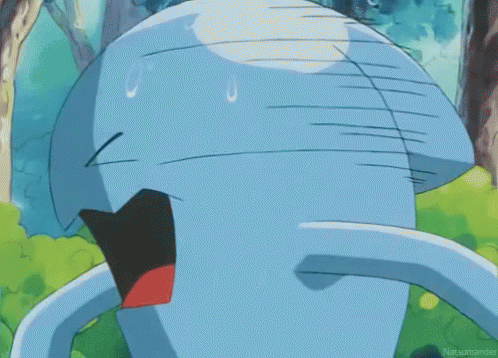Pokémon: it’s either that fun series you go back to every now and again to relive your childhood, or that incredibly intense series that consumes your life as you toil day and night desperately trying to make sense of the metagame’s absurdity. Needless to say, there’s more than meets the eye with this humble little franchise. Chances are, even if you’re a more casual player, you have some familiarity with the professional Pokémon scene. There’s an entire website and community dedicated to the metagame, Smogon, and the multiple post games found within the series do tend to add in some “pro” rules when facilities like the Battle Frontier are in play.
Pokémon is complicated, though, and there are a lot of rules to follow. Some make sense, some feel like too much most of the time, and some aren’t explicitly stated. If you’re going to play the series competitively or professionally, you’re making a silent vow to abandon everything you once knew about the franchise and take up new knowledge like gospel. Gospel that changes every generation. With seven generations to choose from, and eighth on its way, you can get lost looking up what’s banned and what has been banned. When it comes down to it, 20 forbidden rules and 10 rules everyone needs to follow barely scratches the surface of the Pokémon metagame.
30 FORBIDDEN: No Legendaries Allowed
Although most legendaries are technically allowed in the Uber tier (emphasis on most and not all), you'll be hard pressed to find very many Pokémon pros who go into their matches with legendaries in their party. For starters, most people tend to play on OU, Over Used, a tier that doesn’t really feature all that many legendaries, if any. On top of that, even the games tend to ban legendaries for competitive play.
If they seem too good to use, they're too good to use.
Facilities like the Battle Frontier and Battle Mansion specifically make a point to ban legendary Pokémon as they have natural advantages over their non-legendary counterparts. Of all the rules to exist in professional competitive play, this is the one that perhaps makes the most sense as it has a basis in Game Freak’s design for the series. If you’re a big fan of your legendaries, it might be time you found new favorites.
29 FORBIDDEN: Swagger Is Off Limits
Implemented in Generation VI (X and Y, Omega Ruby and Alpha Sapphire,) Smogon officially created the “Swagger Clause.” While a seemingly harmless move in theory, the clause was developed to counteract what’s known as “SwagPlay.” SwagPlay is the act of using Swagger and Thunder Wave together to lock an opponent’s Pokémon in a situation where they rarely, if ever, damage their opponent. As Swagger causes confusion, the Pokémon is likely to damage themselves. As Thunder Wave causes paralysis, they’re just as likely to not move at all. Although it’s quite an interesting and creative strategy, it’s not hard to see why Smogon would ban it since it seems like a rather headache-inducing way to grief another trainer.
28 FOLLOW: Just Use Who You Like
The Elite Four’s Karen says it best, “Strong Pokémon, weak Pokémon, that is only the foolish perception of people. Truly skilled trainers should try to win with their favorites.” In-game, this is meant to be a commentary on Generation II’s rival, Silver. He spends all of GSC trying to one up you by rotating his party and devaluing Pokémon as little more than tools. Karen is outright lambasting this attitude and imploring you use who you like.
A real master doesn't need a "strong" team.
Karen’s quote rings especially hard considering many pro players base their favorites not on who they actually like, but who pulls their weight. Is that an illegitimate reason to like a Pokémon? Perhaps not, but it flies in the face of what the series is about. Just use who you want to use. There are tiers, sure, but they’re not some end all, be all. Truly skilled trainers can win with their favorites so why not just use your favorites?
27 FORBIDDEN: You Can’t Use Duplicates
Every now and then while playing single player, you’ll bump into a trainer or Gym Leader with duplicates in their party. A duplicate is basically another version of the same Pokémon in the same team. Most notably, Lance uses several different Dragonites in Generation II’s Champion match. Although everything in the base game points to this being a legitimate method of party building, it’s strictly forbidden in competitive play.
It may seem relatively harmless at first glance, but there’s a good reason it’s banned. Imagine you’re actually facing Lance in a competitive match. You can’t heal, he’s EV trained his team, and swapping for type advantage’s sake can lead to you losing. Unfortunately, you didn’t prepare for a Dragonite and it takes almost your entire team to bring his first one down. Suddenly, Lance throws out one more and you know the game is over in his favor. Doesn’t really sound fair, does it?
26 FORBIDDEN: Mega Rayquaza
Mega Rayquaza is the single strongest Pokémon in the entire series and it’s not even close. He’s so strong, in fact, that he was banned from the Ubers category not long after Omega Ruby and Alpha Sapphire released. It may seem absurd to ban an overpowered Pokémon from the overpowered tier list, but, when you face the facts, there is some rationale behind the decision.
Mega Rayquaza's just too good for his own good.
Mega Rayquaza: does not need a Mega Stone to Mega Evolve, meaning he can hold a far more useful item in battles; Dragon Ascent is one of the most overpowered moves in the franchise, knocking out just about any Pokémon in one hit; Delta Stream downplays his weaknesses, making him harder to take down; and he has the highest base stats in the series. Mega Rayquaza is a literal monster in every sense.
25 FOLLOW: Don’t Let Tiers Dictate You
Tiers are a beginner’s trap. As OU is the most popular tier to play in, players looking to get into the competitive scene will naturally flock there and build a team composed of Over Used Pokémon whether they like said Pokémon or not. It makes sense to a degree, but it’s important not to let tiers control your competitive play. It’s important not to let them control your play in general.
Tiers are just a guideline and you don’t have to play what’s most popular. Just use whoever you want and ignore tiers every now and then. Don’t just play OU because it’s more popular, dip into the less popular tiers and have fun in a lower stakes setting. Competitive play can be fun, but only when you don’t let it control you.
24 FORBIDDEN: Evasion Moves
Buffs have always played an interesting role in the JRPG genre. For games like Final Fantasy, they tend to be rather superfluous. While they’re certainly helpful, they aren’t exactly necessary in completing the games. For the Shin Megami Tensei franchise, they’re an absolute must and a lack of buffs will certainly lead to defeat. For Pokémon, they’re perhaps too useful. At least when they affect accuracy.
Don't even think about using Sand Attack.
Moves that affect evasion are persona non-grata as far as the competitive scene is concerned. Missing an attack in Pokémon is bad enough as it is, but being forced to miss an attack because your opponent lowered your Pokémon’s evasion is heartbreak unlike any other. Since evasion affecting moves can seriously change the course of a match, they’ve since been banned from the competitive scene. It’s easy to see why they’re banned, but should they be? Aren’t buffs and debuffs a part of the game’s inherent design? Unfortunately, this is a question for another time.
23 FORBIDDEN: The Endless Battle Clause
Although incredibly rare, it is possible to induce an endless battle in Pokémon. You’re unlikely to ever do it unintentionally, so no worries there, but the mere fact that is is a possibility requires it to be banned outright. Smogon user Hugendugen wrote in a 2013 post, “This involves using Leppa Berry with Heal Pulse, Recycle, a healing move (such as Slack Off or Soft-Boiled) and Block/Mean Look/Spider Web.” It goes without saying that pulling this off requires a few specifics the average player wouldn’t think of, but nobody wants to be caught in an endless battle so the ban came swift and hard.
22 FOLLOW: Play Non-Competitively Every Now And Then
If you primarily play competitively, you should consider taking a break from the professional metagame and just fooling around like any other player. Too much time in the competitive scene can cloud your mind and pervert how you view Pokémon. While there is a large competitive and professional following, that’s not all the series is. There’s a dedicated single player mode and fans who play just to play. Ignore those pesky rules and just play how you would when you were a kid. It can be a bit jarring, it’s important and humbling. Pokémon is nothing without its roots to childhood.
21 FORBIDDEN: The Level 70 Kyogre Rule
As a legendary, it goes without saying that Kyogre is probably relegated to Ubers, but he’s actually not all that good of a Pokémon. He’s not bad, mind you, but he could fit rather reliably in Over Used. In fact, there’s a rather small subset of fans who previously pushed to include Kyogre in OU so long as he was Level 70. The idea was: if Kyogre is Level 70, a fully trained Pokémon would roughly be on his level thanks to his legendary stat bonuses.
Putting such a rule would cause a precedent, however, that could potentially break the entire competitive scene. If a Level 70 Kyogre is allowed, rules could be modified to accommodate all legendaries. At that point, the tiers would fall apart and even more factors would need to be taken into consideration to make the metagame work. It’s a nice idea in theory, but the practice of it could utterly destroy the foundation of the competitive scene.
20 FORBIDDEN: Moody Pokémon Need Not Apply
One of the many natures a Pokémon can have, a Moody Pokémon has one random stat buffed at the end of every turn. This seems too good to be true and, according to the competitive scene, it is. As a Moody natured Pokémon can potentially raise their evasion, along with just the general brokenness of such a nature, any and all Moody Pokémon are automatically banned from the metagame. It may seem like a bit much to ban a nature as they’re not something a player can control, but that’s just the way the professional scene works.
19 FOLLOW: Want The Lead? Time To Breed
To put it bluntly, if you want to do well in Pokémon’s metagame then you’re going to need to take breeding seriously. While there are so many powerful Pokémon you can catch in the wild, they’ll never compare to a properly trained, properly bred Pokémon that you’ve raised from Level 1. By setting up the right parents, you can hatch a Pokémon with unique moves, an ability to your choosing should you have the patience, and better base stats than you’d find otherwise. The advantages of training a level 1 Pokémon over one you simply caught are so astronomical that you’d be a fool not to sink some hours into breeding.
18 FORBIDDEN: Don’t Pass That Baton
Every Generation brings with it changes to the metagame, tier lists, and ban lists. With the onset of Generation VII, Baton Pass found itself exiled from the competitive play as far as Doubles were concerned. Although the majority of professional play occurs on a singles, 6 versus 6, level, there is a healthy Doubles fanbase.
Easy to abuse, and fun to use, Baton Pass can make anyone lose.
Since there’s very little to counter Baton Pass, however, and Sun and Moon ended up adding in Pokémon who could further push what was possible with the technique, it was ultimately banned. The boosts given to specific Baton Pass based strategies were just too grand to justify on a competitive level. There’s also the fact that a Baton Pass strategy actually requires little skill to pull over, something bound to be frowned upon in any competitive community, Pokémon or otherwise.
17 FORBIDDEN: No One Hit KOs
Although strong Pokémon can knock out opponents with a movie in a single hit, not all moves are designed with one hit KOs in mind. The ones that are, you guessed it, aren’t welcome in the competitive scene. Moves like Fissure, Horn Drill, and Sheer Cold have fairly mediocre accuracy, but should luck have a place in a professional setting? That might just be the nature of accuracy in general, but these moves are so risk/reward based that they eliminate genuine strategy in favor of unpredictability. As far as any competitive scene goes, legitimate strategy trumps randomness any day.
16 FOLLOW: Train Your Pokémon Yourself
A big part of the Pokémon process is bonding with your Pokémon. This is a philosophy that applies in and out of universe. In-universe, the idea is that you form a genuine connection with the Pokémon you use. Why do you think traded Pokémon don’t respect you until you have more badges? That’s because they don’t really know you. Out of universe, it’s a way of just creating a party you have an attachment to.
Don't trade, train.
Training your Pokémon yourself is so important to building a reliable team. There’s so much more at stake in a party when you know that you’re directly responsible for their stats, their moves, their abilities, and their natures. You created something and it coming together is an amazing feeling unlike any other. If you don’t train your team yourself, though, you’re just reaping the fruit of someone else’s labor.
15 FORBIDDEN: Sleep In Moderation
Putting a Pokémon to sleep is a valuable tool. It can knock out the opposition just enough for you to get a nice lead and clinch a win. Just make sure you don’t go overboard. The Sleep Clause prevents you from putting to sleep more than one of your opponent’s Pokémon at one time, and for good reason. Imagine you kept putting your opponents to sleep while they desperately swapped in and out of new Pokémon. Before you know it, you’d be able to sweep simply because everyone on the opposing team would be asleep. That’s not very fair, is it?
14 FORBIDDEN: Soul Dew
An item that can boost both Special Attack and Special Defense by 50%, Soul Dew is quite the useful little ticket. Unfortunately, it’s inherently associated with Latias and Latios, and pretty much impossible to get unless you’re dead set on catching one of the two birds. When it comes down to it, Soul Dew is just too useful and too obscure to have a place in the competitive scene. A 50% boost to Special Attack alone can turn any Pokémon into a literal monster. The 50% Special Defense boost is just a little bonus to make sure you get the bang for your buck.
13 FOLLOW: EV Train Or Else
EV training can be a drag, but it’s absolutely necessary if you want to build a good team. Each Pokémon has a hidden EV associated with them. The Pokémon who defeats said Pokémon ends up getting that EV. Since a Pokémon can only have a set number of total EVs, however, it’s important to plan ahead how you’re going to train your Pokémon. There are ways to speed up the process, but it’s going to be fairly long no matter what you do.
EV training is an absolute must if you want to play professionally.
What are EVs, though? EVs are hidden values that determine which stats get upgraded when your Pokémon levels up. With the right training, EVs can turn a Pokémon into an absolute beast and, if you’re playing competitively, you’re going to want to take advantage of that since everyone else does. It’s basically a more intense version of level grinding.
12 FORBIDDEN: Way Too Many Mega Stones
The advent of Generation VI brought quite a few new features with: the games were now using 3D models, a novelty the series hadn’t seen before except in spin off titles; player characters were now fully customizable with clothes and accessories; and Pokémon could now tap into temporary evolutions called Mega Evolution by using Mega Stones. Naturally, the competitive scene banned most Mega Stones.
It’s worth noting that not all Mega Stones are banned, but a shocking amount simply get no play in the metagame. Mega Evolutions can make or break a Pokémon, so it does make a bit of sense, but they’re now a core feature. It doesn’t feel right to just strip the ability away for the most person. Again, some Pokémon do benefit too much and the Stones are optional, making them easy to ban, but they are here to stay and could use some accommodation.
11 FORBIDDEN: The Dangers Of Shadow Tag
The situation’s tricky. Your Pokémon is up against an opponent that will certainly take it out in the next turn. You have to make a decision: do you risk it and try to attack? Or do you swap out? Knowing it’s better to be safe than sorry, you choose the latter. Unfortunately, the Pokémon you’re facing has a little known ability called Shadow Tag. Shadow Tag effectively locks your Pokémon in until they’re knocked out, depriving you of what can occasionally be a key strategy. It makes sense why the ban was put into place, but one has to wonder if it was really all that necessary.

